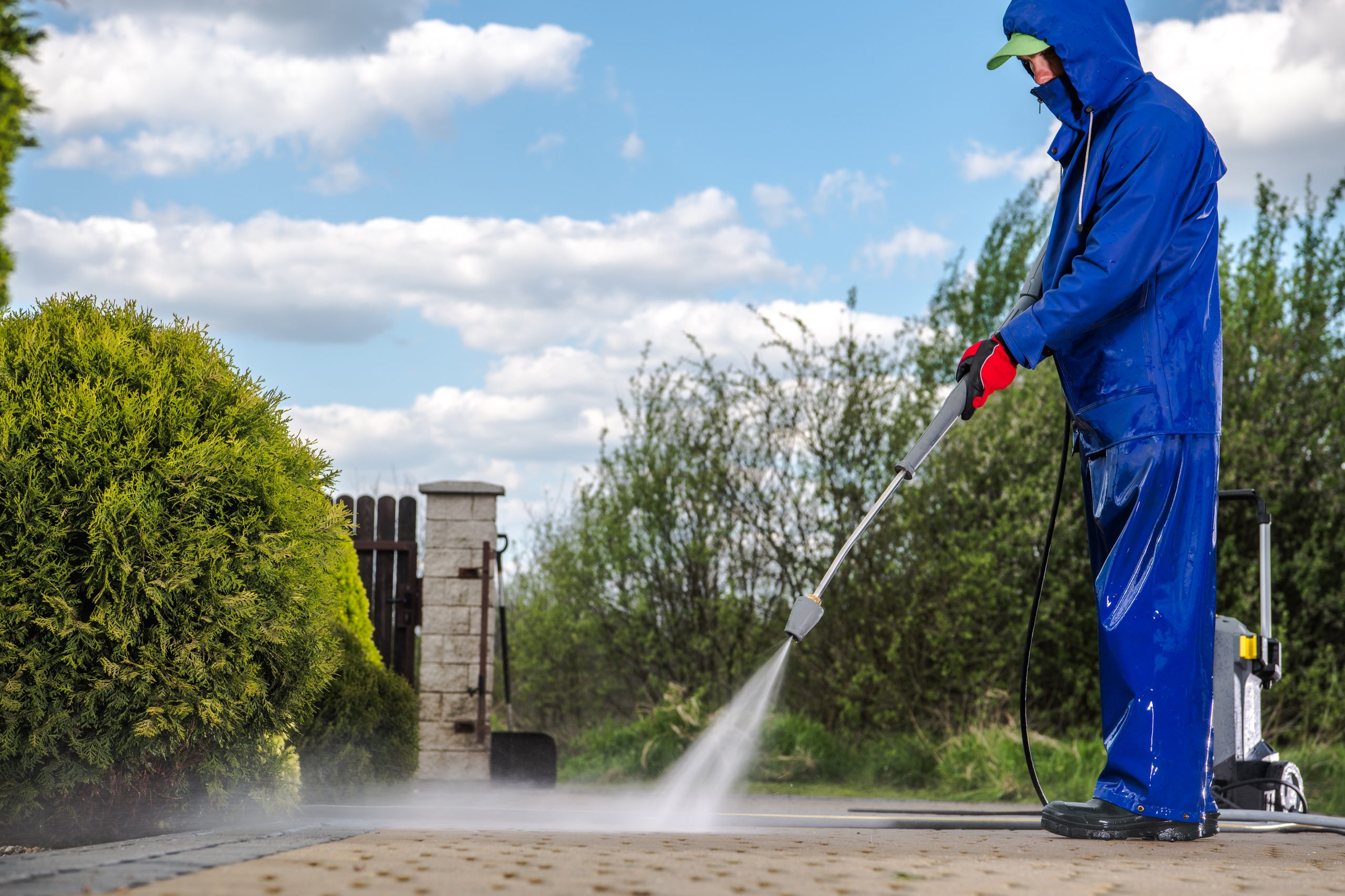Caring for the facade of your property is crucial not only for aesthetic appeal but also for protecting its value and preventing deterioration over the years. One of the most efficient methods to keep your residence looking its best is high-pressure cleaning. This robust cleaning technique uses intense water to eliminate soil, gunk, and other contaminants from multiple surfaces, enhancing the overall appearance of your property.
For homeowners seeking a clean and pleasant exterior, knowing what pressure washing is and how it can benefit your place is crucial. From improving exterior attractiveness to extending the durability of your surfaces, pressure washing delivers a variety of advantages. In this manual, we will discuss the ins and outs of pressure washing, covering everything from the contrast between pressure and soft washing to the best practices for carefully washing your home without harming it. Whether you are thinking about a DIY approach or employing specialists, our insights will help you make informed decisions for your home's facade upkeep.
Comprehending Pressure Cleaning
Pressure cleaning is a cleaning method that employs water at high pressure to get rid of soil, grime, fungus, lichen, and other debris from different types of surfaces. This approach is extremely effective for reviving the aesthetic of exteriors such as cladding, pathways, terraces, and decks. By utilizing a custom-built machine, homeowners can achieve a deep clean that is often impossible with conventional cleaning methods. This process not only upgrades the appearance of your home but also helps in the upkeep and durability of its exterior elements.
For those newcomers to this cleaning solution, it is crucial to grasp the basic mechanics behind pressure washing. The tools consists of a motor that operates a pressurizer, which in turn boosts water from a regular hose. The water under pressure is then released through a nozzle, creating a focused jet capable of cutting through tough spots and pollutants. This approach can be adjusted to suit specific surfaces, allowing for a tailored cleaning approach that can effectively deal with different types of dirt.
When evaluating pressure washing, it's essential to tell apart it from low-pressure washing, another technique that employs a lower pressure along with natural cleaning agents. While pressure washing is suitable for tough materials that can withstand high pressure, this approach is advised for fragile materials like rooftops or painted surfaces. Understanding these variations will help homeowners opt for the most suitable approach for their particular requirements.

Advantages and Considerations
Power washing offers a variety of advantages for homeowners looking to maintain the aesthetics and integrity of their homes. One of the key benefits is the capability to effectively remove grime, mildew, mould, and other unsightly stains from exteriors, significantly enhancing curb appeal. A carefully maintained exterior not only looks inviting but can also boost the value of the property. Additionally, regular pressure washing can avert long-term damage caused by build-up, giving surfaces a longer lifespan and saving money on upcoming repairs.
While the advantages are evident, there are important factors when deciding how to approach pressure washing. https://rentry.co/qra7kgw5 must assess the state of the areas being cleaned and select the appropriate approach—high-pressure washing or low-pressure washing. The latter, for example, is often more suited for fragile surfaces like roofs or finished wood, where excessive pressure could cause damage. It is crucial to understand the distinctions between approaches to avoid expensive mistakes and achieve the intended outcomes.
An additional factor to think about is whether to address pressure washing as a DIY project or engage professionals. While doing it yourself can save on costs, it requires understanding of equipment, methods, and safety measures to ensure efficient and safe cleaning. Conversely, hiring experts guarantees knowledge and the right tools for the task. Evaluating these choices carefully will help homeowners make an educated choice that best suits their needs, financial plan, and dedication to regular maintenance.
Techniques and Best Practices
When using a pressure washer, the method applied can significantly affect the results. Start by selecting the right nozzle size for your task; a broader spray pattern is good for sensitive surfaces, while a slimmer pattern targets tough stains. Keep a steady distance from the surface—generally 6 to 12 inches—for uniform cleaning. Operate the pressure washer in a steady, sweeping motion rather than remaining in one spot to avoid damaging the material.
Before you start, it's crucial to prepare the area suitably. Clear away any furniture, plants, or items that might be harmed by moisture or debris. For surface cleaning, pre-soak the area with a cleaning solution suitable for the material you are washing. Make sure to test the pressure on a little, hidden area to verify you do not damage the surface, particularly on wood, vinyl, or fragile materials.
Safety should always be a main concern when pressure washing. Wear appropriate protective gear, including goggles and gloves, to shield yourself from debris and chemical runoff. If you're working on roofs or high places, use harnesses and secure ladders. Keep children and pets at a distance from the area, as the high-pressure water and cleaning solutions can be harmful. Adhering to these recommended practices will guarantee a thorough clean while maintaining the integrity of your home’s exterior.
